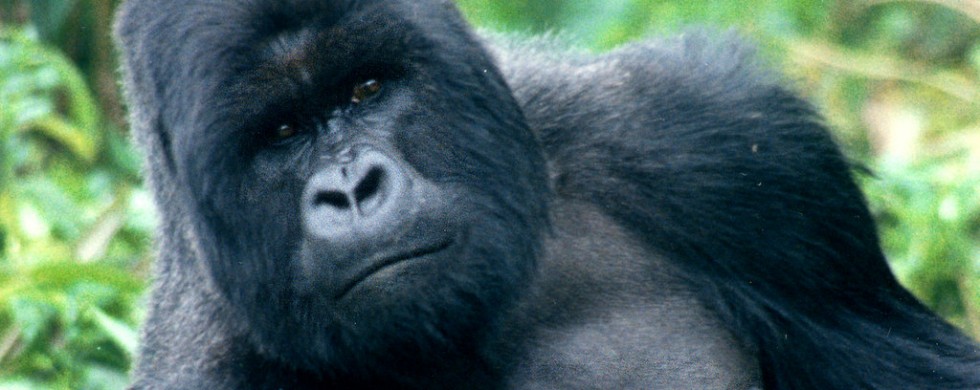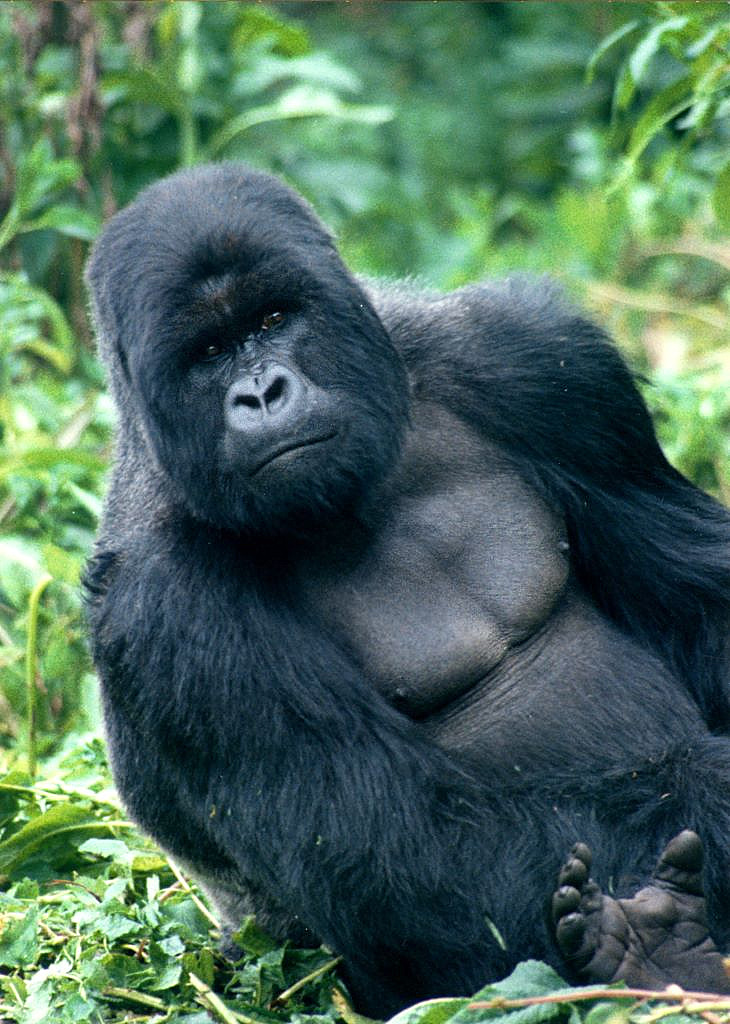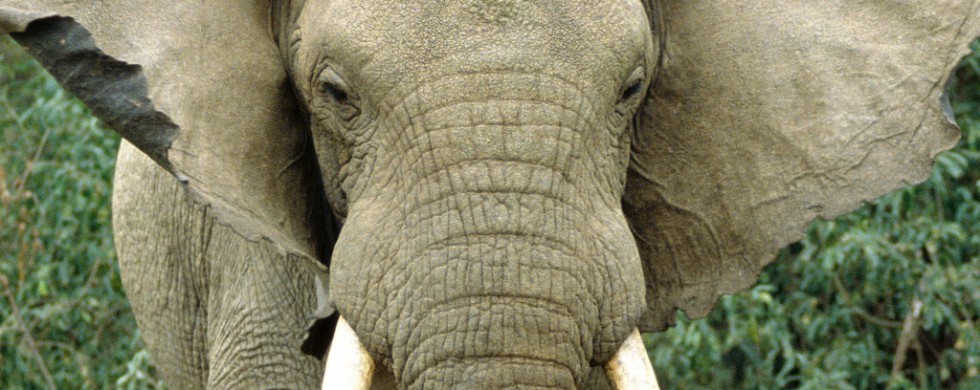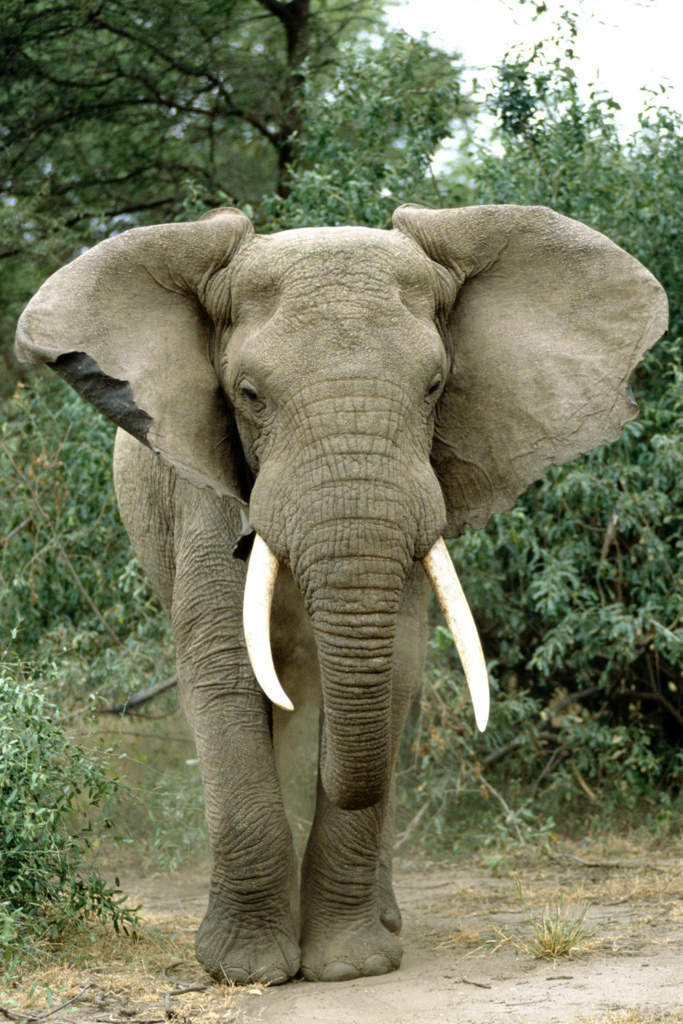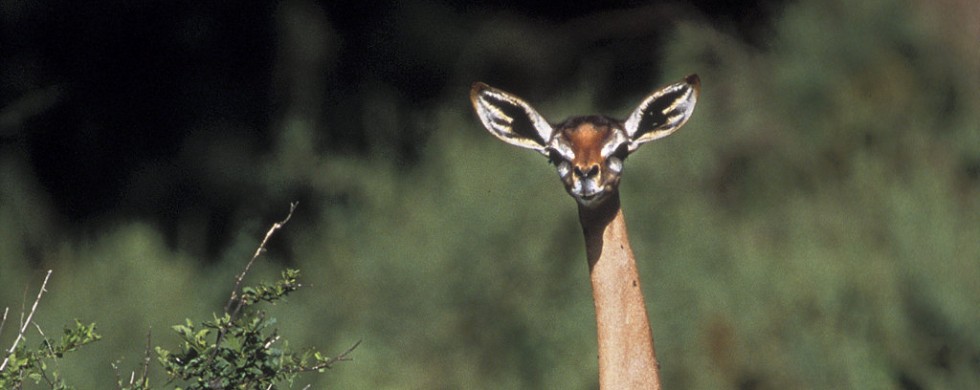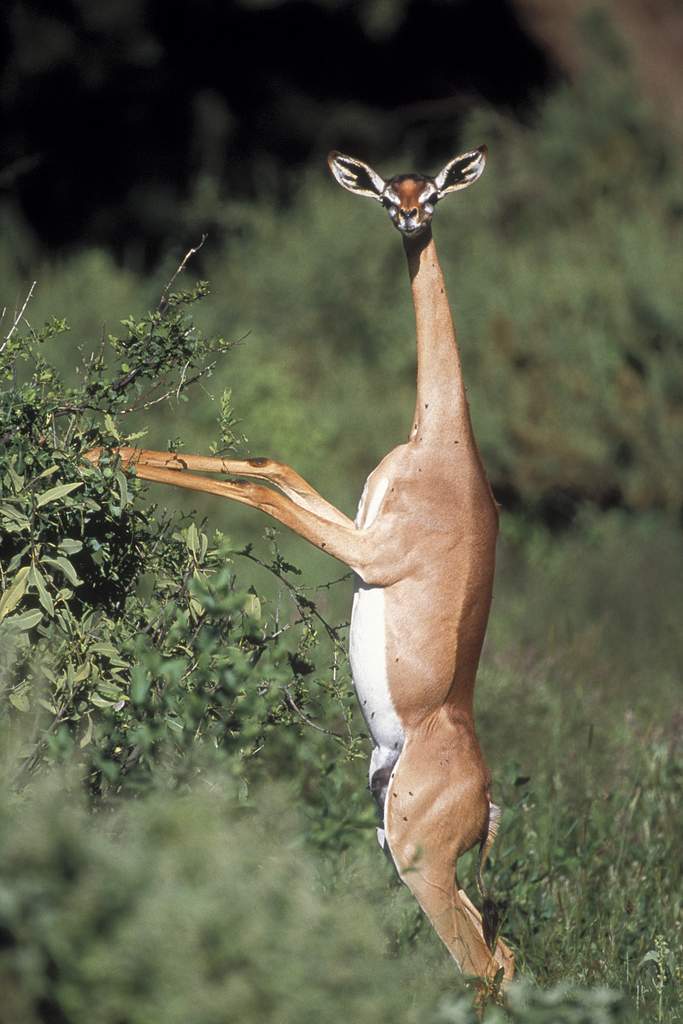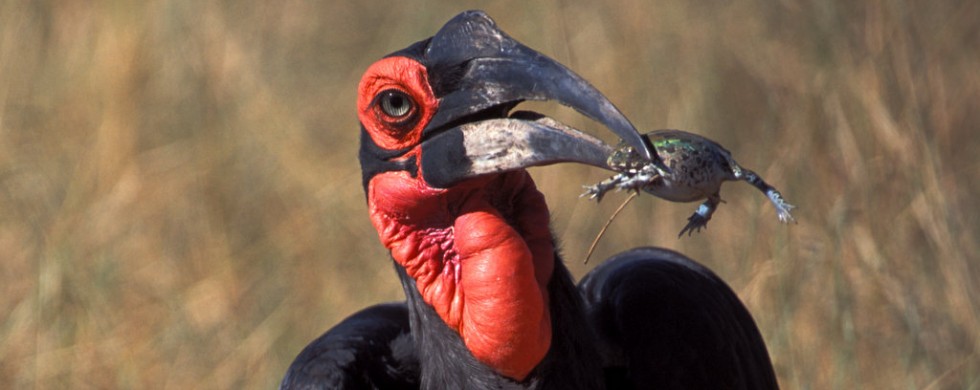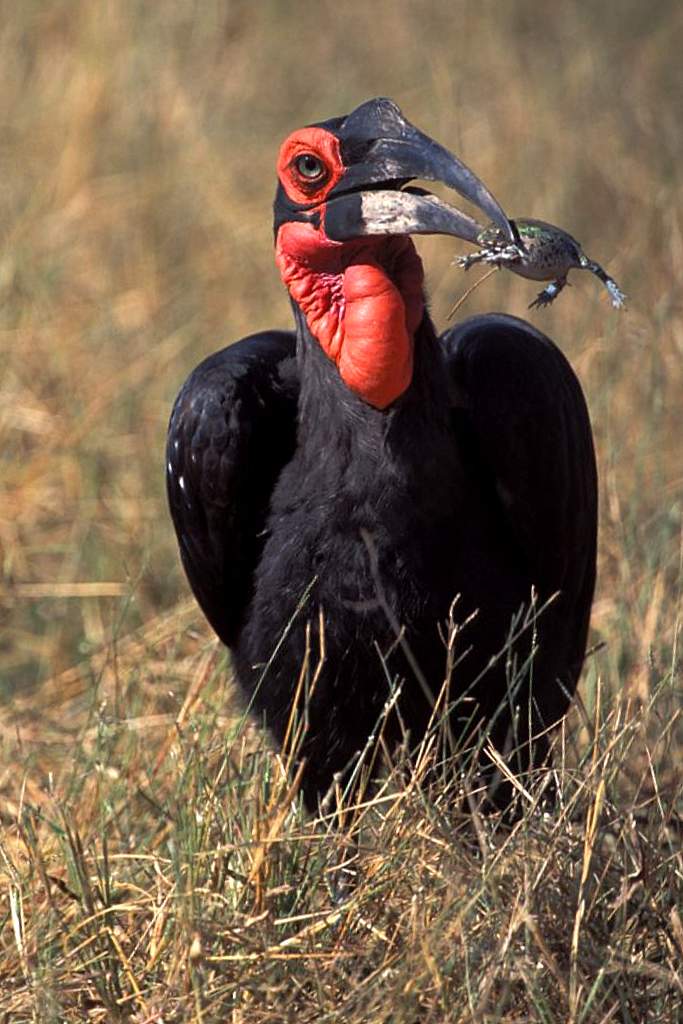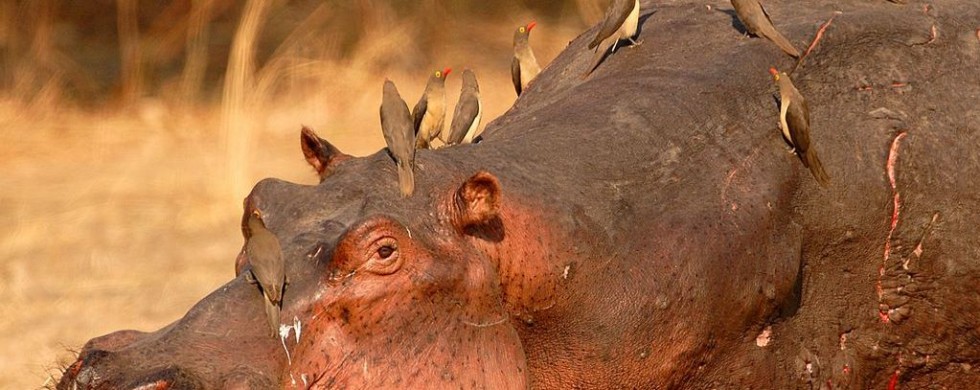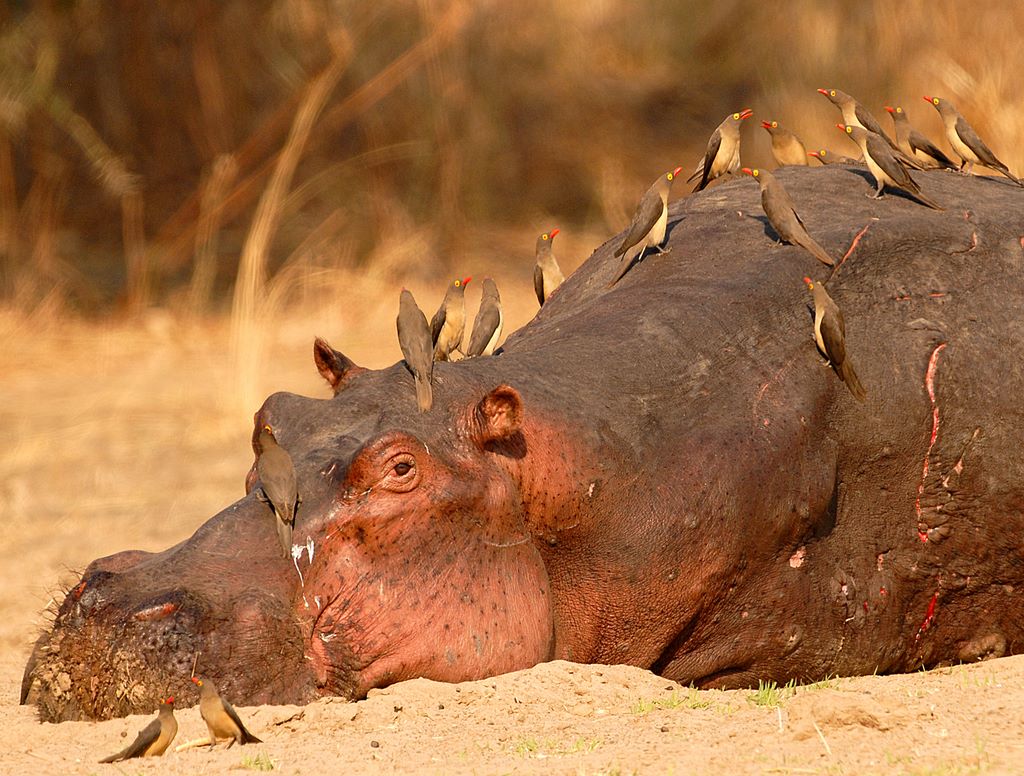15
Shot of the Month – August 2009
I can say unabashedly that you haven’t fully lived until you have hiked through a misty, vine-covered jungle and gazed into the eyes of a Mountain Gorilla.
First, the setting is surreal. The jungle is an explosion of all things green. Every shade, hue, and likeness of green that you imagine surrounds you.
Jade. Olive. Pea. Pine. Kelly. Lime. Malachite. Sage.
Everything you encounter is a variation of green and whatever doesn’t move is padded in some form of emerald vine, plant, or moss. Rain is ever present as a downpour, a light drizzle, or as a misty shroud as passing clouds snag onto the mountain canopy.
Second, you cannot make eye contact with the mountain gorilla without a sense of awe. We share much of the same DNA and you cannot help but feel – see – experience, the intelligence of this creature. The gaze from an equal that is looking back at you with as much intrigue and awareness as might be found in any member of your group.
We are, in fact, two members of an exclusive group. The Hominidae, or “Great Apes” include chimpanzees, gorillas, humans, and orangutans. Sadly, only about 700 Mountain Gorillas remain in the world – all live in a shrinking area of forest found in the Virunga Volcanic Mountains at the intersection of Uganda, Rwanda, and the Democratic Republic of Congo. Their jungle is being cut down as humans encroach to take the trees for firewood or to make space for farming.
Soon there will be simply no space left on this planet for one of our closest family members. Can humanity find a way to live in balance with other beings on this planet?
If not, our existence will be much poorer because of it.

